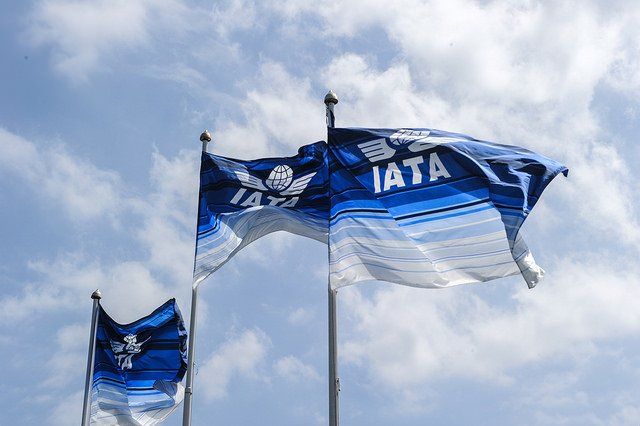
While the number of accidents involving member airlines of the International Air Transport Association (IATA) dipped slightly in 2016, from 68 to 65, the number of fatalities climbed from 136 to 268. “Last year some 3.8 billion travelers flew safely on 40.4 million flights. The number of total accidents, fatal accidents and fatalities all declined versus the five-year average, showing that aviation continues to become safer. We did take a step back on some key parameters from the exceptional performance of 2015; however, flying is still the safest form of long-distance travel,” said Alexandre de Juniac, IATA’s Director General and CEO. On a percentage basis, 0.000007% of all commercial airline passengers died in accidents last year. The rate of fatal accidents on U.S. carriers remains essentially unmeasurable since the NTSB reports there has not be a passenger fatality on a U.S. air carrier in over eight years, since the Colgan Air crash in February 2009.
Accidents were not evenly distributed around the globe. The rate of hull losses per million departures of jet aircraft averaged 0.35 globally, but for carriers based in the Middle East or North Africa that figure rose to 2.49 per million departures. Even larger variations appear in turboprop airline operations. For turboprop aircraft, the hull loss rate per million departures was 1.15 globally, but the figure for the Commonwealth of Independent States (Russia plus eight former Soviet Republics) was 10.03 hull losses per million departures, which puts those operations on comparable footing with general aviation in the United States. The fatal accident rate for U.S. general aviation flights was 1.03 per 100,000 flight hours, according to the most recently available FAA data.


































